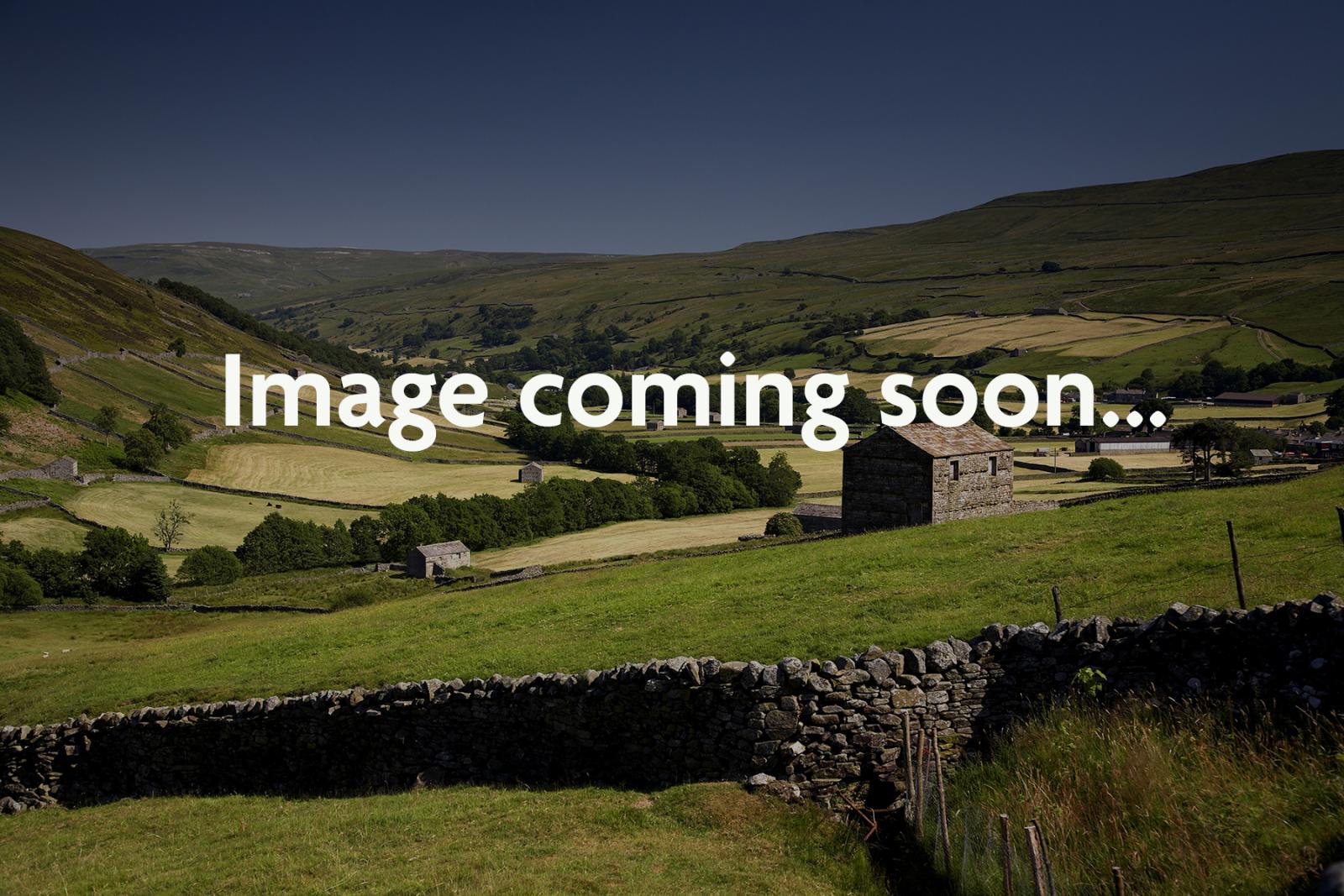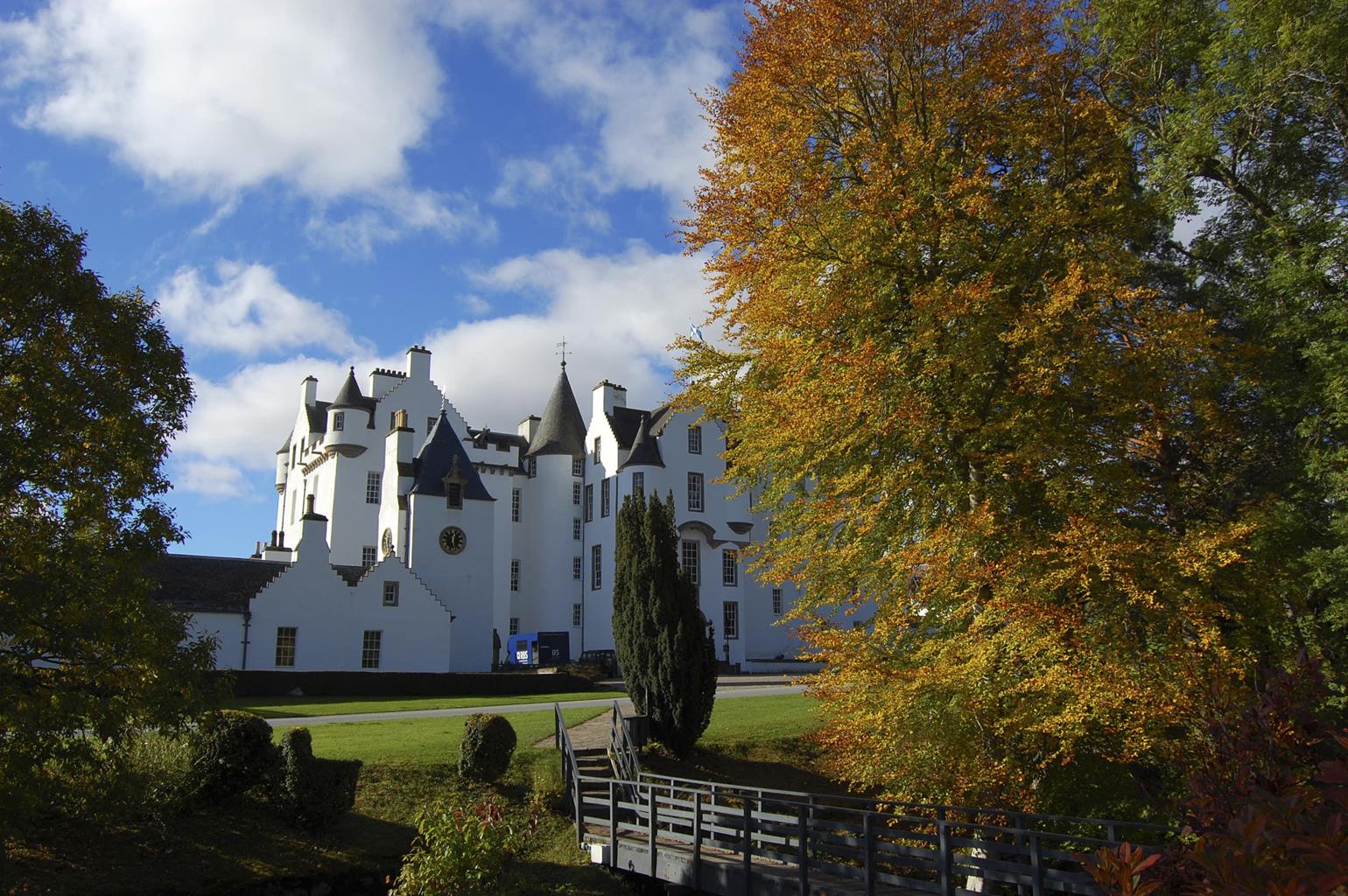This charming country house hotel is set in 50 acres of grounds on the shores of Loch Oich. The…

Our View
The Creag Meagaidh NNR, on the western edge of the Cairngorms National Park, can feel like it’s a distillation of the entire Highlands. From the wild and windswept mountain plateau, which summits at Creag Meagiadh (3,701ft), to the beautiful shores of Loch Laggan and its mixed woodland, Creag‘Meggie’, as it’s fondly known to climbers, has everything. Rare mountain plants like woolly willow and Highland saxifrage battle against the elements on the barren summits, while black grouse flourish in the combination of woodland and open moorland, and you may hear their harsh croaking calls as the males ‘lek’ (do their mating dance) at the woodland edge in spring. Golden eagle and peregrine can sometimes be seen soaring overhead on the high tops, and in spring, the miniature montane willows put their delicate little catkins on show. In late summer the heather paints the moors a rich purple. In autumn, the roars of red deer in rut echo around the hillsides, and the winter thrushes – the redwings and fieldfares – begin to arrive.
Features
Also in the area
About the area
Discover Highland
Apart from the Orkneys and the Shetlands, Highland is Scotland’s northernmost county. Probably its most famous feature is the mysterious and evocative Loch Ness, allegedly home to an ancient monster that has embedded itself in the world’s modern mythology, and the region’s tourist industry. Monster or no, Loch Ness is beautiful and it contains more water than all the lakes and reservoirs in England and Wales put together. The loch is 24 miles long, one mile wide and 750 feet deep, making it one of the largest bodies of fresh water in Europe.
At the very tip of the Highlands is John o’ Groats, said to be named after a Dutchman, Jan de Groot, who lived here in the early 16th century and operated a ferry service across the stormy Pentland Firth to Orkney. In fact, the real northernmost point of the British mainland is Dunnet Head, whose great cliffs rise imposingly above the Pentland Firth some two miles further north than John o’ Groats.
The Isle of Skye is the largest and best known of the Inner Hebrides. Its name is Norse, meaning ‘isle of clouds’, and the southwestern part of the island has some of the heaviest rainfall on the whole of the British coast. Despite this, it’s the most visited of all the islands of the Inner Hebrides. It’s dominated from every view by the high peaks of the Cuillins, which were only conquered towards the end of the 19th century.
Nearby stays
Places to Stay
Dining nearby
Restaurants and Pubs
Why choose Rated Trips?
Your trusted guide to rated places across the UK
The best coverage
Discover more than 15,000 professionally rated places to stay, eat and visit from across the UK and Ireland.
Quality assured
Choose a place to stay safe in the knowledge that it has been expertly assessed by trained assessors.
Plan your next trip
Search by location or the type of place you're visiting to find your next ideal holiday experience.
Travel inspiration
Read our articles, city guides and recommended things to do for inspiration. We're here to help you explore the UK.














